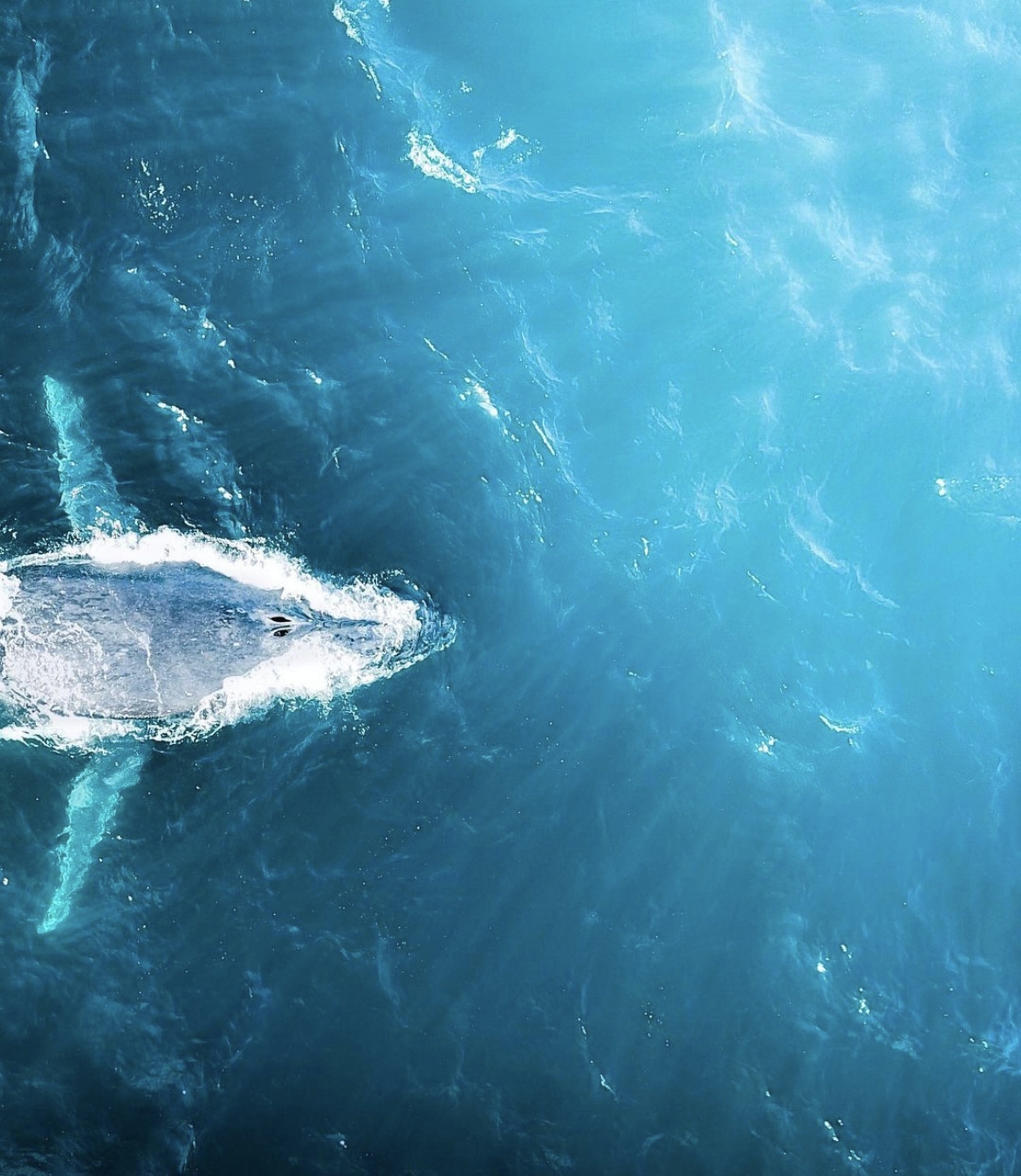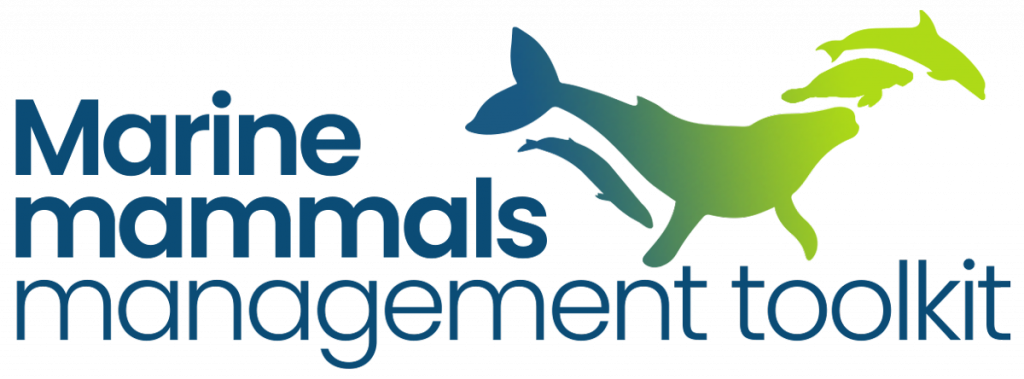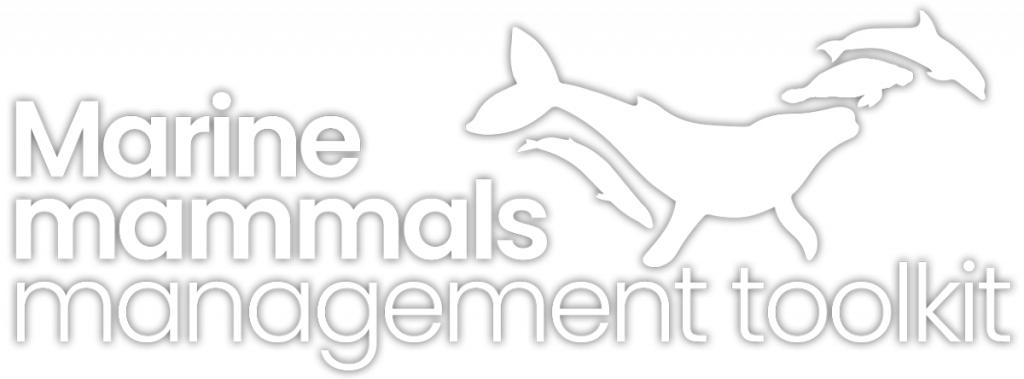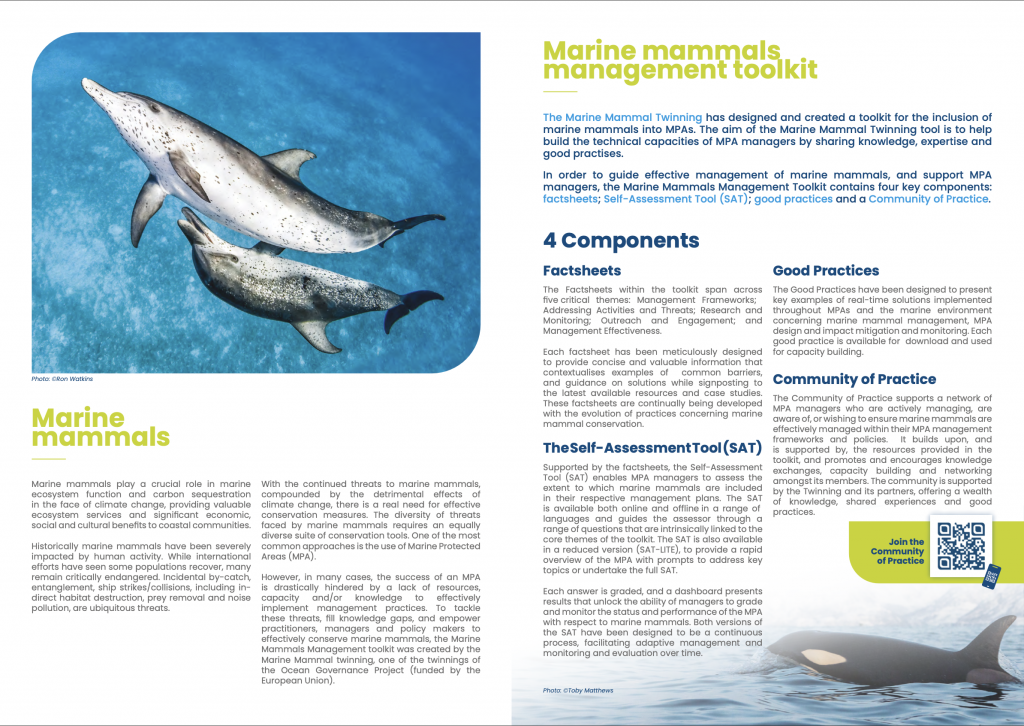Good Practices
This page has been designed to present examples of good practices implemented throughout Marine Protected Areas and the marine environment concerning marine mammal management, MPA design, impact alleviation and monitoring.
“Good Practices” may take the form of practical activities on the ground, measures that promote social participation, instruments of an economic, legal or institutional nature, or innovative and effective techniques that contribute significantly to marine mammal protection and management, to sustainable development in adjacent coastal and marine areas, and are highlighted as effective means to achieve conservation and management goals. In the context of marine mammal management, this, for example, could include following the latest guidance on effective MPA design to ensure projects are guided by the best available science.
Compiling and understanding the best-available good practices is a critical step in any MPA design. However, the local, national, and regional drivers will often differ between project locations and thus, MPA managers should utilise good practice resources as a guiding tool and integrate concepts within the initial design phases.
The good practice resources presented on this page are linked to the available toolkit factsheets and group appropriately under each factsheet theme which in turn, support the self-assessment tool (SAT). It is recommended that the good practice resources presented here are utilised in synergy with SAT results to facilitate MPA management plan adjustments.




